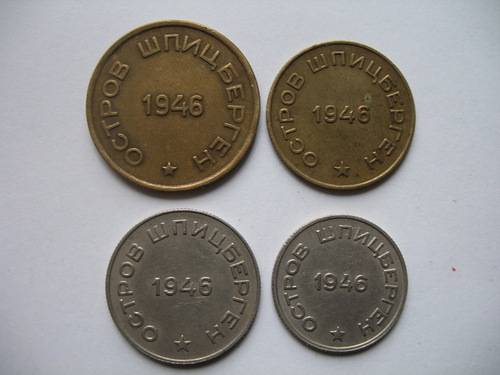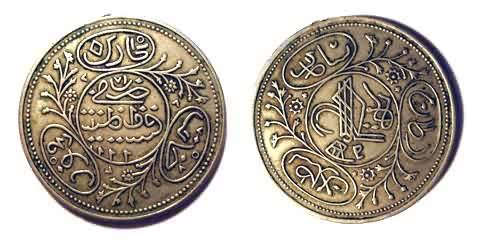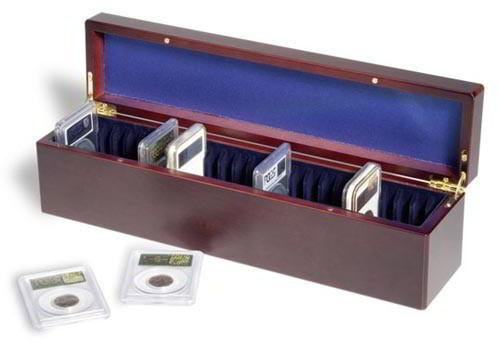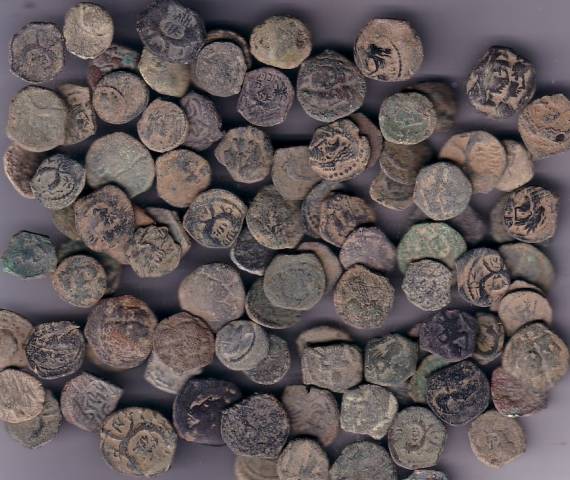Monetary reform of 1654
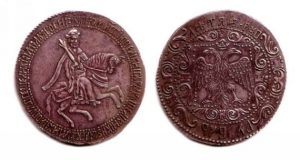 In the 17th century, the epoch in monetary business ended, when absolutely any individual, which was usually a privileged and secular society, could bring material for making coins. The state finally and irreversibly took control of the mints, and supplied raw materials exclusively from its treasury. In this regard, the coins began to lose their stability, and their value gradually began to fall.
In the 17th century, the epoch in monetary business ended, when absolutely any individual, which was usually a privileged and secular society, could bring material for making coins. The state finally and irreversibly took control of the mints, and supplied raw materials exclusively from its treasury. In this regard, the coins began to lose their stability, and their value gradually began to fall.
This instability of money played into the hands of counterfeiters. They could easily start minting coins, almost without fear that they would be severely punished for it. Continue reading
Coins of Ivan the Terrible
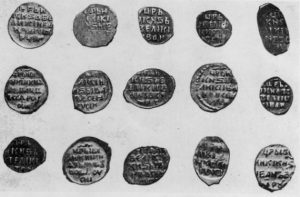 A small miniature from the Russian annals of the 17th century depicts the process of making coins. From this it is known that silver billets were first smelted in a crucible, and then they were minted, holding the hot billet in special tongs. The big omission on the part of the chronicler is the moment that he did not show how to drag the wire, cut it and plyuschat to get blanks.
A small miniature from the Russian annals of the 17th century depicts the process of making coins. From this it is known that silver billets were first smelted in a crucible, and then they were minted, holding the hot billet in special tongs. The big omission on the part of the chronicler is the moment that he did not show how to drag the wire, cut it and plyuschat to get blanks.
Before the reform, two types of money were minted – Novgorod money and Moscow money. Continue reading
The oldest coins of Russia
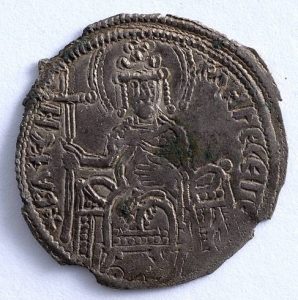 Trade relations in Ancient Russia emanated entirely from foreign coins, first East European, and then West European. Among the variety of dirhams and denarii there are also such rare and unique coins as money of princes of Rurikovich. The first coin of this kind was discovered already in the distant 1792, among other pendants to the icon, which was located in one of the churches of the city of Kiev.
Trade relations in Ancient Russia emanated entirely from foreign coins, first East European, and then West European. Among the variety of dirhams and denarii there are also such rare and unique coins as money of princes of Rurikovich. The first coin of this kind was discovered already in the distant 1792, among other pendants to the icon, which was located in one of the churches of the city of Kiev.
Not so long ago, about 50 years ago, that for a numismatic business is essentially a short period of time, coins of Russian princes made of silver and gold began to be discovered. They were not of the best quality, so they were taken for very similar Byzantine coins. Continue reading
Recovery of monetary business in Russia
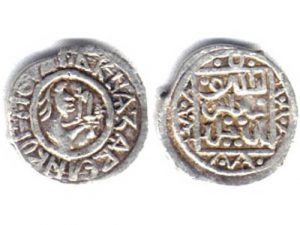 After a rather long period of coin-less commodity circulation, in 1380 under the Grand Duke Dmitry Donskoy, the coins regained their function. In addition, the revival of the coin case also occurred in the Nizhny Novgorod principality.
After a rather long period of coin-less commodity circulation, in 1380 under the Grand Duke Dmitry Donskoy, the coins regained their function. In addition, the revival of the coin case also occurred in the Nizhny Novgorod principality.
From the found coins of that era, it can again be boldly asserted that money again mainly performed the primary function of propaganda and information, since the images on the coins were dedicated to nothing but the victory of Prince Dmitry Donskoy over the Tatars. It is worth noting that initially the coins were issued with the inscription “Grand Duke Dmitry”, but later his middle name was attributed – Ivanovich. Continue reading
Coins of Alexander of Macedon
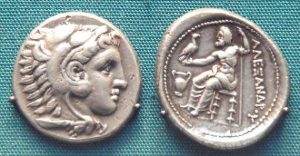 The great victories of Alexander the Great were nothing more than an era of transition in the ancient world. The coins perfectly demonstrated his rule, various campaigns, famous battles and battles, and also displayed in their images the intervals that occurred after these events.
The great victories of Alexander the Great were nothing more than an era of transition in the ancient world. The coins perfectly demonstrated his rule, various campaigns, famous battles and battles, and also displayed in their images the intervals that occurred after these events.
In the thirties of the last century, on the Princes’ Islands, which are not so far from the place where the young, still twenty, Alexander the Great, made the crossing over the Hellespont, archaeologists discovered a treasure. Continue reading

